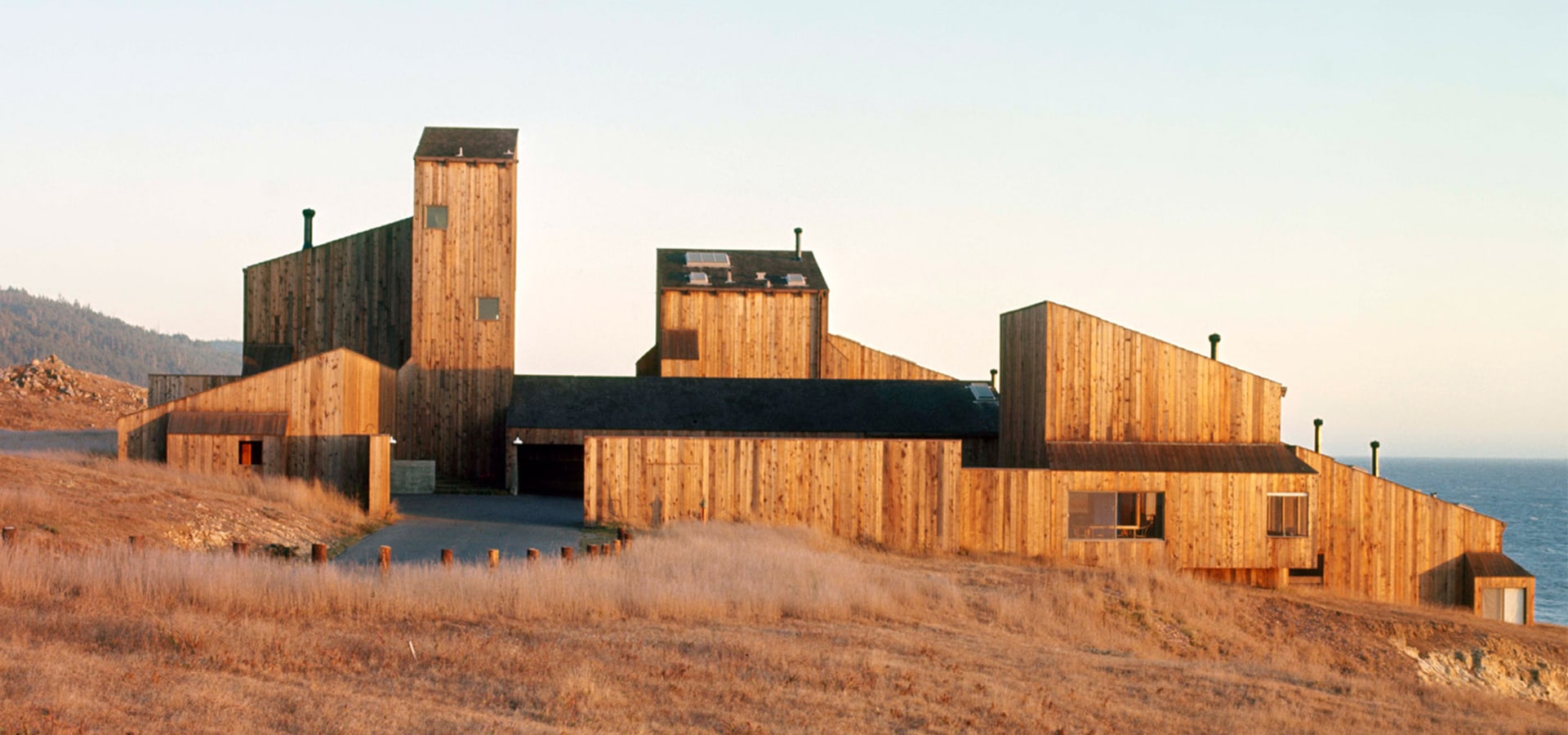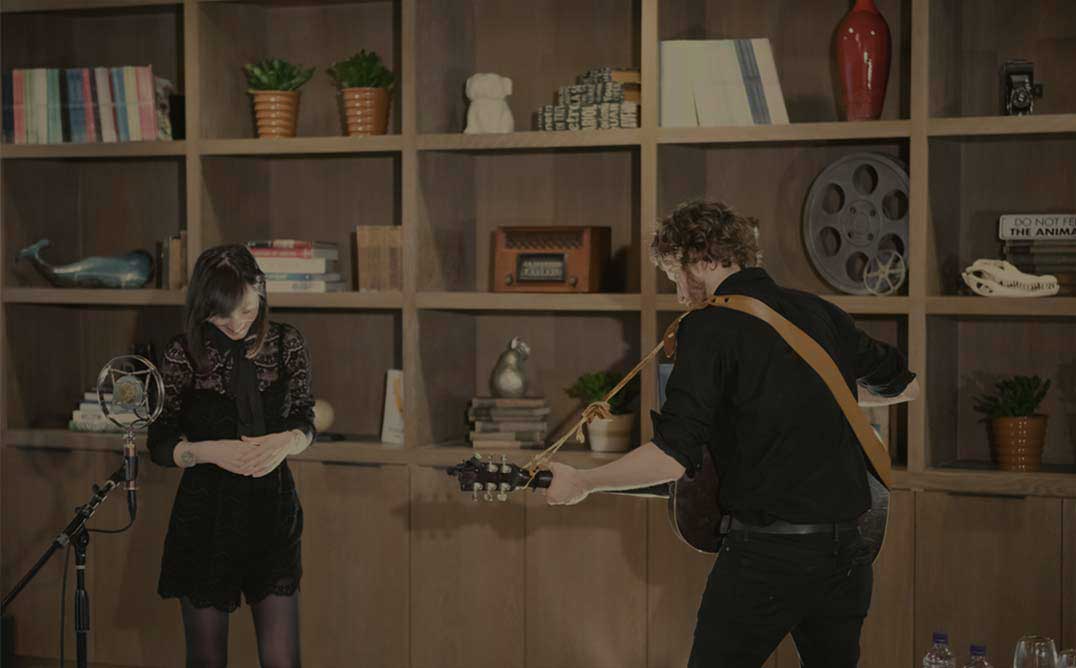
The Famed Sea Ranch Community Learns to Adapt Its Aesthetic to Modern Challenges
A 55-year old residential experiment continues to evolve and excite.
-
CategoryArchitecture, Hidden Gems, Homes + Spaces, Sights + Stays
In 1964, a group of UC Berkeley faculty members were bestowed 10 miles of coastline a few hours north of San Francisco with the intention of planning a residential development “driven by nature.” Their creations would inspire a generation of eco-centric modernist design.
According to the New York Times, “The Sea Ranch came to be ‘the California architectural monument of the 1960s,’ in the words of the design historian David S. Gebhard. Its first important building, the 1964 Condominium One, with its signature slanted roofs and open interiors, would make it onto the National Register of Historic Places. The Sea Ranch’s early unpainted wooden houses were minuscule in size, their charming and inventive architecture deliberately veiled by trees. Yet by 1965, a ‘Sea Ranch style’ had taken the international design world by storm.
Now, a half century later, architects working on projects at Sea Ranch must adapt to new environmental challenges, the most urgent being climate change. And not unlike the progressive vision of the original founders, new homes on the property achieve a modernist vision and integrated aesthetic while incorporating fire resistant materials like concrete and Core-Ten steel.
“When Buzz Yudell, an architect who carries on founding architect Charles Moore’s Los Angeles firm Moore Ruble Yudell, looks ahead, he is encouraged by the attitude of this generation of homebuilders. ‘With recognition of our environmental emergency,’ he said, ‘it’s as if the world is finally catching up with the goals of the Sea Ranch.’”
Get a closer look at some of these innovative Sea Ranch structures here.
Friday Finds: California-Made Ciders
Toast fall with a locally crafted hard cider
Dewey Weber: Little Man On Fire
A look back at the life, loss and legacy one of California’s original surfing icons.



















